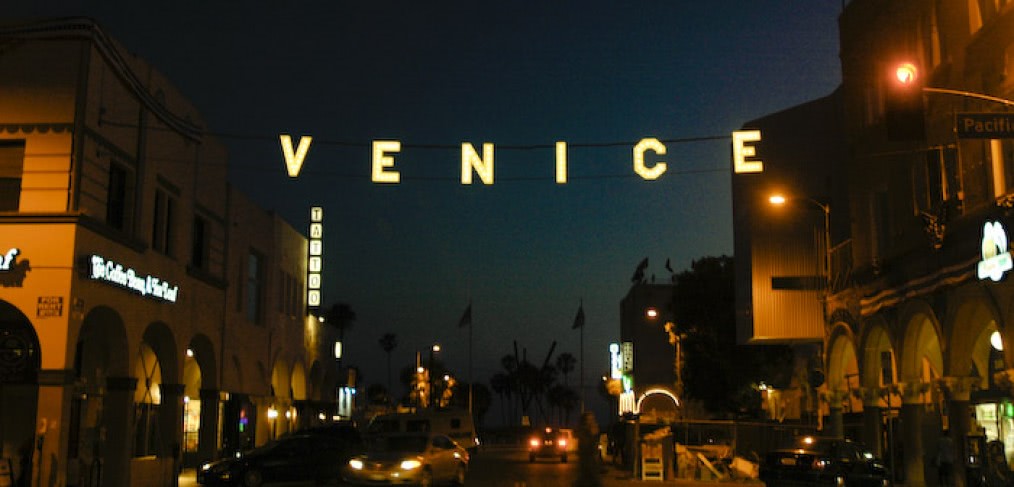
The Car Crisis (Part 2)
Part one of this series explored the birth of L.A.’s car culture. Part two will take a glimpse into the day to day lives of the average Los Angeles commuter from an urban planner’s perspective.
When thinking about how this road could become more efficient, I decided to consider my own schedule. My morning commute along Venice Boulevard is relatively short in distance and time: 18 miles each way and roughly 45 minutes long. It could be a much longer process if I used the freeways, which are generally congested much of the day and into the late evening. The backup on freeways causes arterial roads like Venice Boulevard to become main commuter routes through the city resulting in heavy congestion on those roadways too.
While arterial roads have coordinated traffic lights which aid in traffic flow, they have additional problems of their own. Arterials are notorious for being extremely dangerous especially at major intersections as pedestrians, bikes, buses and cars all vie for space. Every year, dozens of pedestrian and cyclist deaths occur from oncoming traffic conflicts along Venice Boulevard. The intersection of Venice Blvd. and Lincoln Blvd. is notoriously dangerous and has been listed as the third worst intersection in all of Los Angeles County in terms of level of service. Pedestrians are challenged trying to walk across 100 ft. intersections within the span of about 20 seconds as cars waiting to make left turns get impatient waiting for them to cross.
The overcrowded roads and overreliance on cars has had a cascading effect on the city, leading to major negative consequences such as delays in commute time, reductions in worker productivity and reduced air quality. Is there hope for the future of Los Angeles or are we forced to choose between endless traffic and navigating dangerous roads? Is there a way to simultaneously solve traffic and mobility problems, create new open spaces and accommodate future growth in an imaginative, sustainable way? Part three of this series will give us hope that there is a brighter future for the Los Angeles commuter.
Images (top to bottom): shashajones.com; Flickr – Anthony Citrano


2 comments